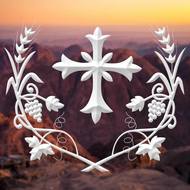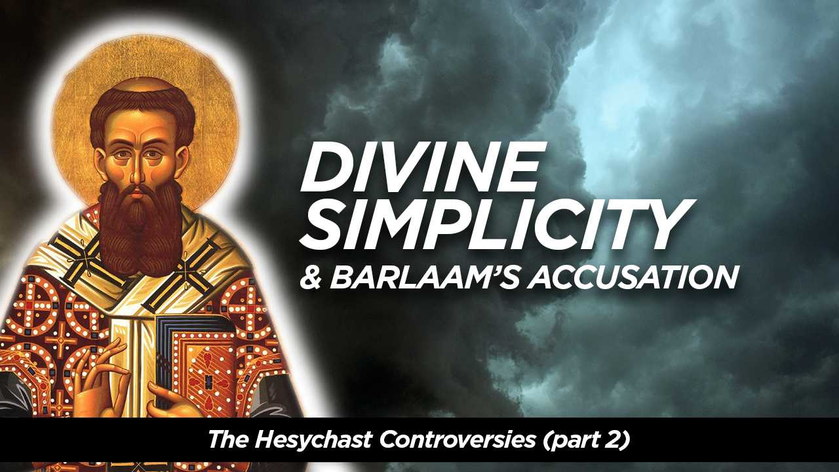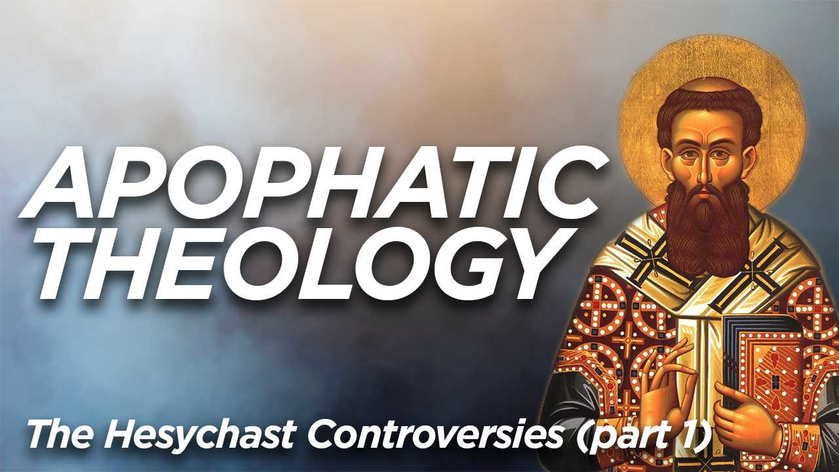This is the second article in a series of articles about Saint Gregory Palamas and the hesychast controversies.
HISTORICAL CONTEXT
The hesychast controversies might have been inaugurated by Barlaam the Calabrian’s rejection of apodictic arguments in establishing a doctrine of God – an opinion which later revealed a lackluster apophaticism – but it certainly did not end there. Indeed, this first phase of the dispute, wherein Barlaam appears to agree with Arius’ neoplatonic notion that God is ultimately unknowable by his creation, was simply an entry point for a theological altercation that would carry on for well over a decade (c. 1336–1351 A.D.). Barlaam is “hard to pin down,” to use the words of Robert Sinkewicz, because his gnoseology appears to shift between two distinct stages: 1. A theological agnosticism decrying apodictic certainty while relying on a God-given illumination achieved through ascetic purification (the early years: c. 1336–1339); 2. An emphasis of philosophical inquiry and rational understanding as necessary intermediaries to God, illumination, and deification (c. 1339–onward). [1]
This second stage emerged rather early in the doctrinal parley – prior to the Council of Constantinople in 1341, the year some scholars pinpoint as the beginning of the Hesychast controversies, proper – marking a shift away from the initial contention and on toward what would become a key disagreement: how human beings, who were created ex nihilo, can have an intimate knowledge of and relationship with the uncreated God. It was Barlaam’s observation of the hesychast method of prayer – and his mistaken conviction that hesychasm was a resurrection of the absurdities of Messalianism – that initiated this shift. [2]
Incensed by this experience – and by a public exchange with an athonite monastic leader – “Barlaam published a new treatise, entitled ‘Against the Messalians,’ openly accusing his opponents of preaching the doctrine of a formally condemned sect.” [3] This 4th-century Mesopotamian sect, considered neo-Manichaeans by some patristic authorities, [4] was named after the Syriac mṣallyane meaning praying people. Also called Euchitites or Bogomils or Cathars, [5] the Messalians were subdivided into two groups by St. Epiphanius: one heathen and one Christian.[6] The latter did not have a “fixed faith” or leader. Rather, it united around a few central tenets: a denial of the salvific power of the sacramental mysteries, the belief that every human being is born with a demon attached to them, and the insistence that the only way to disperse the demon was through ceaseless prayer. [7] For our purposes, we will pass by in silence the majority of these distinguishing features of the sect, in favor of discussing one particular – yet superficial – similarity between the Messalians and the Hesyachasts which occasioned Barlaam’s indictment.















